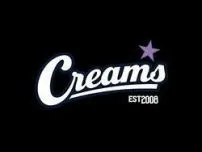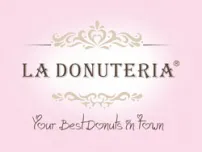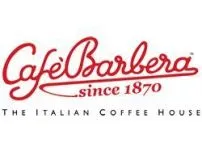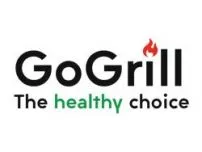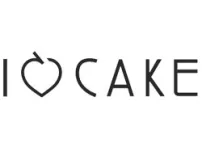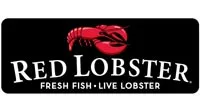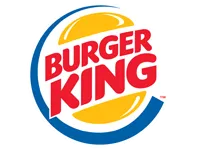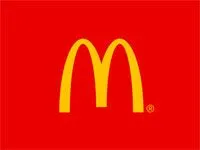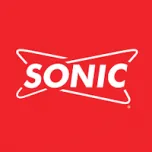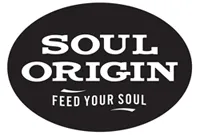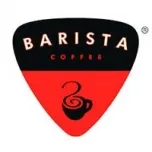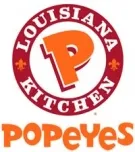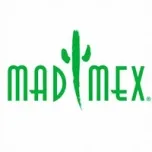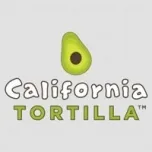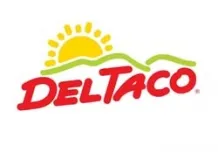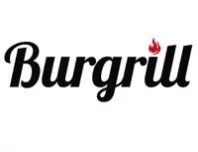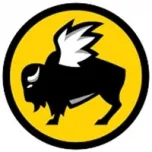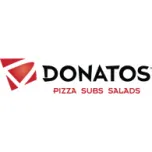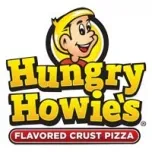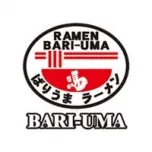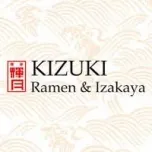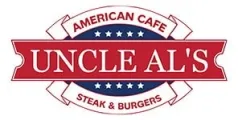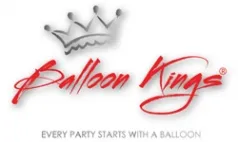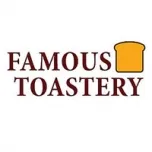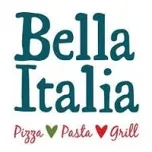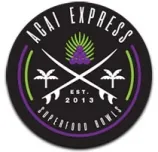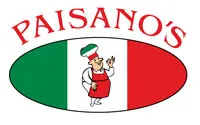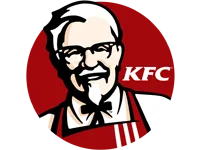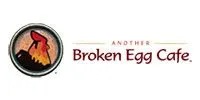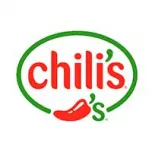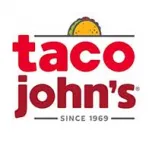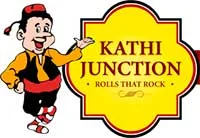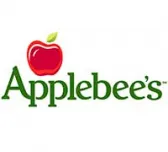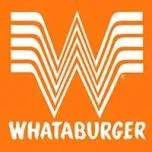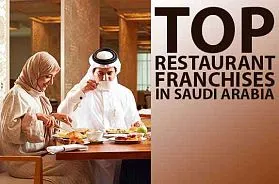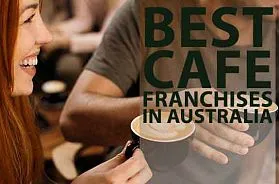Summary
Full-service and casual restaurants make sense globally, but the cost field changes by country. U.S. street-level rent sits around the mid-$20s/sf/year, Canada’s prime corridors are higher, European/UK high streets can be several times that, and Gulf mall/prime space is also premium. Add higher labor in Europe, energy swings, delivery at 15–30%, and alcohol licensing in some markets — and you must model locally.
Restaurant franchising is what people choose when they want a higher check, more occasions, and a brand that is “seen” in the market — lunches, business meets, family weekends, date nights, tourists. The format ranges from fast-casual with limited seating, through full-service (FSR) with table service, to bar-and-grill concepts with alcohol and late-night peaks. What the franchise gives is a tested menu, operating manuals, supplier programs, training, and brand marketing. What the operator has to bring is a location that matches the daypart and the ability to run staff every day.
The thing that changes across countries is not the restaurant logic — it’s the cost of doing it there.
Regional cost picture
United States. Typical retail/restaurant space is in the mid-$20s per sq ft per year. Strong lifestyle centers, tourist zones, airports and top suburban corridors can be two to three times that. FOH staff often earn in the mid-teens per hour, cooks closer to the high teens, and managers around the mid-$60k/year band. Sales tax on prepared food is added on top. Power can be cheap in some states and expensive in others, which matters for hooded kitchens and HVAC.
Canada. Major cities price restaurant space above the U.S. baseline once converted. Labor is comparable, utilities are predictable, but some equipment and food items are a bit more expensive. For a full-service restaurant franchise this usually means you operate near the upper end of the investment range.
Europe / UK. Prime urban and high-street sites (London, Paris, Milan, Amsterdam, Berlin centers) can be several times more expensive than neighborhood locations. Labor is more regulated, social charges are higher, and delivery platforms work on roughly the same 15–30% commission logic. Because of that, European restaurant units usually pay closer attention to seat turns, lunch offers, and delivery packaging.
Gulf / Middle East. Visible malls, waterfront and tourism-heavy space are premium, and on top of rent there can be service charges, strict fit-out standards and staff-related costs. Energy can be fine, but the real monthly bill is “rent + service + people,” so the P&L has to be run on local numbers, not on a U.S. example.
Investment and Fees
| Format / Model | Initial investment (range) | Franchise fee (range) | Ongoing fees (royalty / marketing) |
|---|---|---|---|
| Fast-casual restaurant (counter + seating) | $500,000 – $1,300,000 | $25,000 – $50,000 | 4–6% / 1–3% |
| Full-service (table service) | $900,000 – $2,200,000 | $30,000 – $60,000 | 4–6% / 1–3% |
| Bar & grill / restaurant with alcohol | $1,200,000 – $3,000,000 | $30,000 – $60,000 | 4–6% / 2–4% |
| Delivery-first / small take-out restaurant | $150,000 – $450,000 | $10,000 – $30,000 | 4–6% / 0–2% |
These are global working ranges — local building codes, hood/grease-trap rules, landlord requirements, import duties on equipment, and alcohol licensing can push a project to the top of the range.
Cost overlay by region
| Cost driver | United States | Canada | Europe / UK | Gulf |
|---|---|---|---|---|
| Rent | mid-$20s/sf/yr; prime 2–3× | similar or higher in major cities | high streets often several times suburban | premium mall/street + service charges |
| Labor | FOH/BOH mostly mid-teens $/hr; managers ≈$65k/yr | comparable when converted | higher floors + social charges | lower hourly but extra staff/visa/housing costs |
| Power | wide spread by state | predictable | can be higher in some markets | depends on tariff/landlord |
| Delivery | 15–30% | 15–30% | 15–30% | 15–30% |
| Alcohol license | modest in many U.S. states; high in quota states | provincial rules | city/country specific, often slower | varies by emirate/country |
Startup and operating costs
Startup typically includes: leasehold improvements, full kitchen line (hood, ventilation, cooking equipment, refrigeration, dish), dining room furniture and décor, bar equipment if alcohol is served, POS/KDS, signage, opening inventory, staff training and an operating buffer.
Ongoing costs include:
- franchise royalty and brand marketing;
- labor for front- and back-of-house, plus salaried management;
- food and beverage (watch meat, dairy, produce and, if bar, beverage cost);
- occupancy (rent, CAM, insurance, local business taxes, service charges);
- utilities (kitchen + HVAC);
- delivery/app commissions if the concept accepts delivery orders;
- licenses and renewals (health, fire, alcohol where relevant).
Because restaurants run longer hours and have bigger rooms than QSR, the three numbers to protect are food cost %, labor % and occupancy — if two of them go up, the model gets tight very quickly.
Popular global restaurant franchise formats
Fast-casual. Small kitchen, counter ordering, limited service, high throughput. Good for expensive cities and malls.
Full-service. Table service, higher average check, more occasions, more labor. Good for stable urban and tourist areas.
Bar & grill / casual dining. Adds alcohol, sports, events and night traffic; also adds licensing and stricter staff training.
Delivery-first / small dining room. Built to capture delivery and pickup while still having minimal seating for flexibility — useful where rent is high.
Operator profile
Franchisors usually look for: enough capital to complete the build-out at local prices, the ability to recruit and retain staff in that labor market, and discipline with brand standards, hygiene and reporting. Restaurant experience is a big plus, but strong franchisor training can cover a lot if the owner is ready to be present at launch. Multi-unit and multi-country operators should validate four things before signing: rent/service charges, labor floors, utility tariffs and alcohol rules — those are the lines that actually change the P&L.










